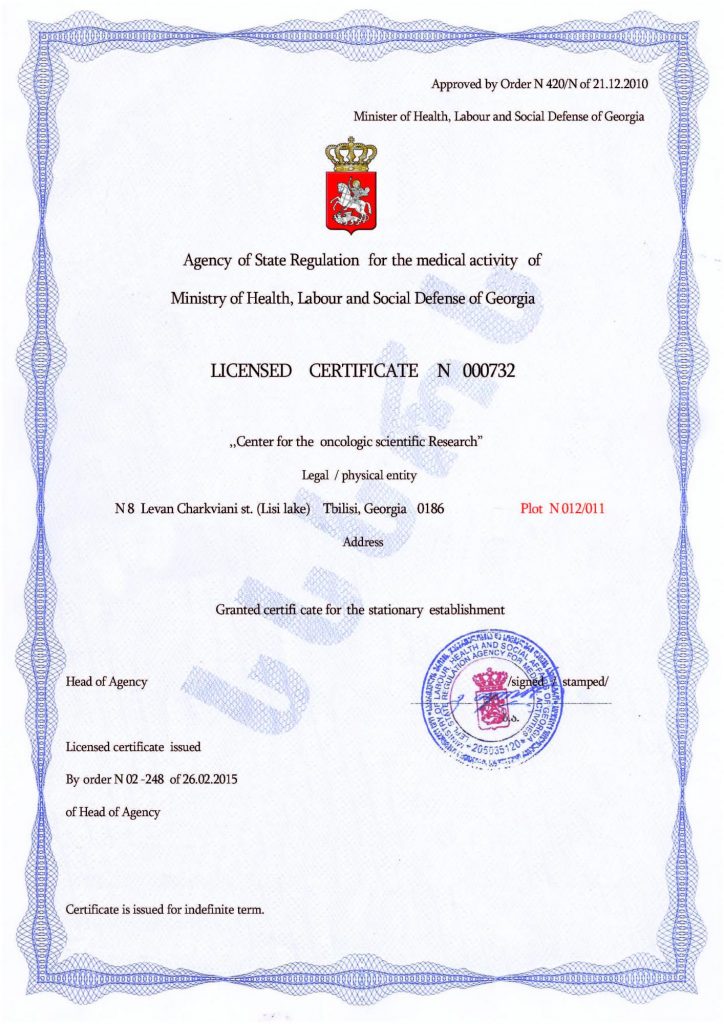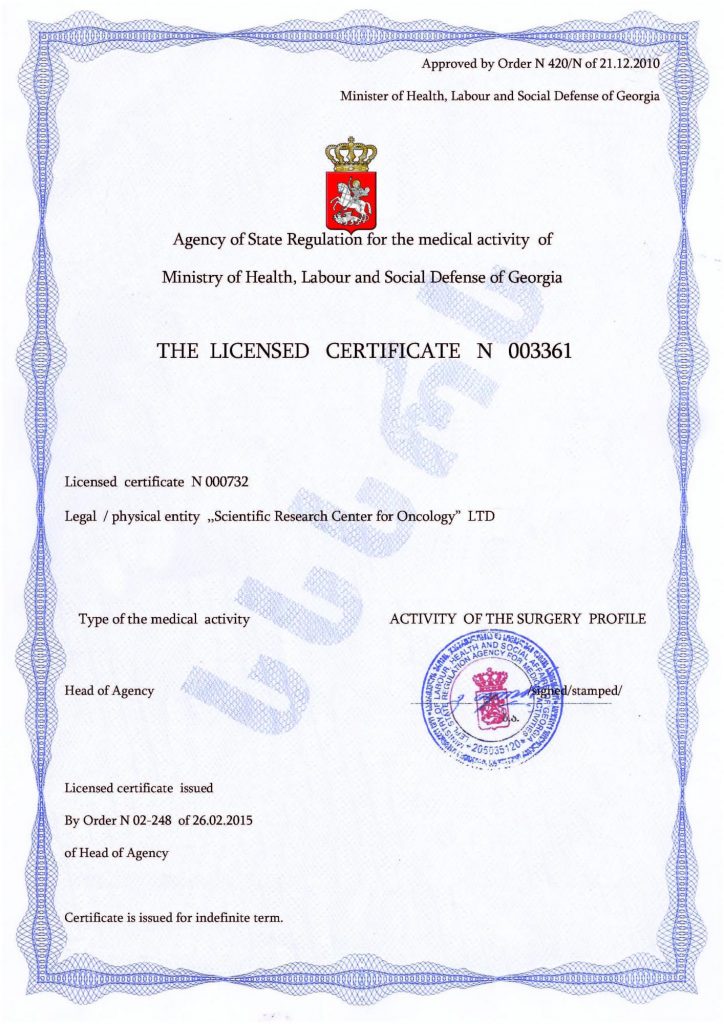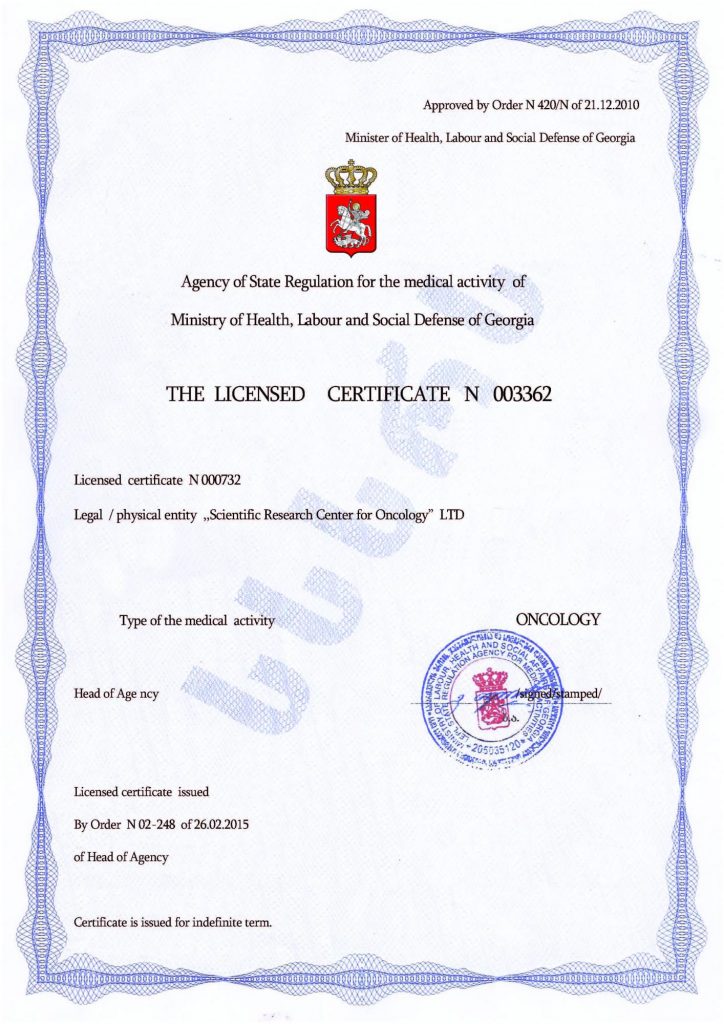Hand Hygiene in Autism
Considering that autistic individuals often suffer from gastrointestinal disorders, handwashing, especially before eating, becomes particularly important. Unfortunately, many of these children (and adults) neglect this basic hygiene rule, risking their health in situations where this can easily be avoided.
However, correcting this situation is not difficult, although it will require time, patience, a step-by-step approach, visual cues, and positive reinforcement. Several strategies have proven effective, from which the most practical approaches can be selected.
- Breaking the Process into Steps. The process of handwashing should be broken down into stages, each of which will be easier to understand than the entire sequence. The child needs to get used to the following steps:
-
- Turn on the faucet;
- Wet the hands;
- Take soap (or another cleaning agent);
- Wash the hands thoroughly (palms, back of the hands, between the fingers);
- Rinse the foam off with water;
- Turn off the faucet;
- Dry the hands with a towel.
It may not be possible to remember the full sequence immediately, so visual sequences (pictures, photos, or pictograms) can be helpful, especially if the child generally responds better to non-verbal information.
The key is patience and gradual steps. If the child struggles to complete all the steps at once, start with the basics: let them first learn how to wet and soap their hands, and then gradually add the other steps.
- Modeling the Action. Children tend to mimic the actions of their parents. Simply demonstrate how to wash your hands properly and encourage the child to repeat it. Even more effective is doing the procedure together, which also provides an opportunity for communication and bonding.
- Using Timers or Music. Hourglasses, timers, or the child’s favorite songs can help. This way, the child will more easily get used to the duration of handwashing and, later on, be able to perform it without such cues.
- Considering Sensory Preferences. It’s important to take the child’s sensory preferences into account. Some children may find the feel of water, soap, or towels unpleasant. Experiment with the water temperature, depending on whether the child prefers warm or cool water, and try different types of soap (regular, liquid, or foam). Alternatively, you could use a hand dryer or soft cloth instead of a towel.
- Providing Positive Reinforcement. After each successful action, give a small reward or simply praise the child. You can also create a progress chart to track when the child completes a particular stage.
- Making Handwashing Part of the Routine. The goal is to make handwashing a regular part of the daily routine: before meals, after coming from outside, after using the restroom, etc. Visual cues can be left up for a while, even after the child masters the skill, as a reminder of the sequence of actions.
Since even handwashing can be a challenge for children with autism, it’s important to realize that the reason for their difficulties isn’t the inability to understand what’s being asked of them or a deliberate resistance to following instructions. These issues are related to autism and its symptoms, the elimination of which will normalize behavior and minimize or eliminate other manifestations of the disorder.
This goal can be achieved through cell therapy — an innovative approach that is far more effective than traditional methods. It is safe, has minimal contraindications, and can be applied at any age.
The therapy is based on stem cell transplantation — basic “building blocks” of the body. These cells can transform into any other cell type and replace damaged ones, which leads to the displacement of defective cells with healthy analogs. This process normalizes brain and nervous system function, which in turn makes additional corrective measures much more effective.
Despite its novelty, cell therapy is already a widely recognized approach, and it may become the primary method of combating autism in the future. It is currently being used in leading clinics worldwide, including the Mardaleishvili Medical Center. Its highly qualified specialists have extensive successful experience and state-of-the-art equipment, enabling them to achieve optimal therapeutic results that last for a long time, often for life. The center’s services are more affordable compared to other countries. Additionally, the center offers assistance with trip planning, accommodation, and other aspects.
Cell therapy is the modern solution to issues related to autism!
Autism Treatment Center Videos
Autism treatment with own stem cells
Cord blood association congress
International Quality Crown
Autism Treatment Reviews
Autism treatment with own stem cells
The story of Alessandro (6 years old)
Autism Patient Testimonial - Stem Cell Treatment
Clients Testimonials
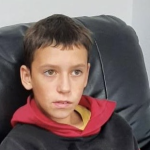
Feedback from Igor, David’s father (12 years old) Read More
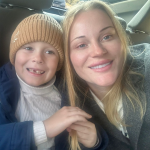
Feedback from Olga, Fedya’s mother Read More
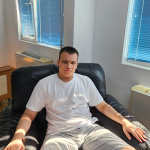
Feedback from Natalia, Radomir’s mother (15 years old) Read More
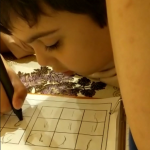
Feedback from Esther, Samuel’s mother (8 years old) Read More
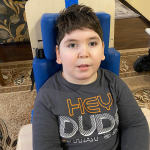
Feedback from Abibe, Selim’s mother (7 years old) Read More









